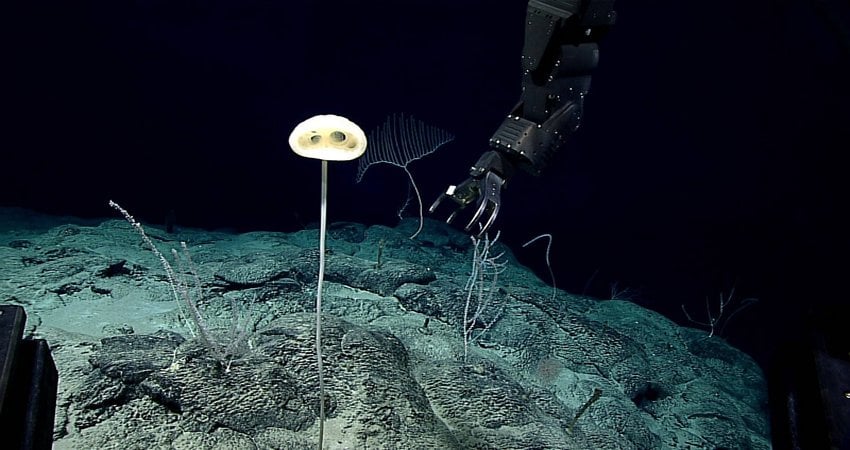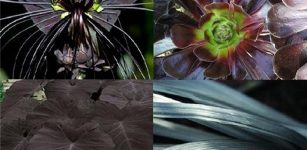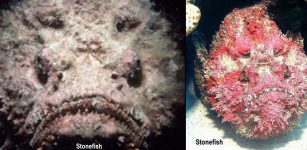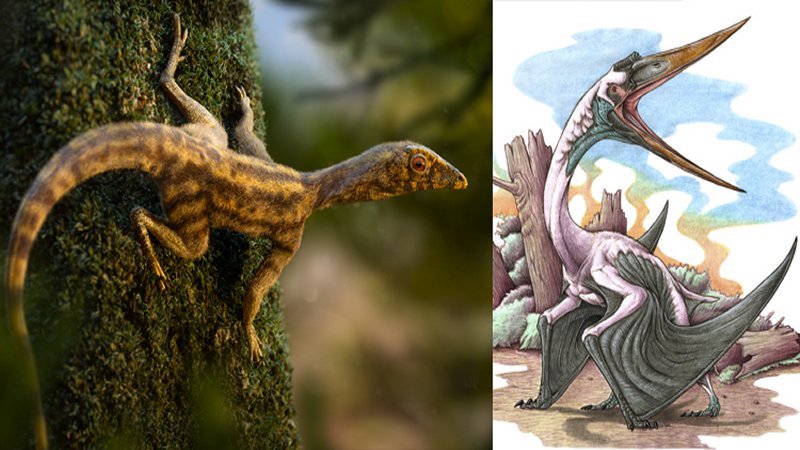Alien-Looking Creature Resembling E.T. Discovered In Underwater Forest
Cynthia McKanzie – MessageToEagle.com – You never know what you can encounter when you explore our magnificent oceans do you? There are underwater animals and plants we never thought could exist and some of them remind us of creatures we have seen in sci-fiction movies.
As you can see this underwater sea creature weirdly resembles the alien from the beloved movie, E.T.
The E.T. sea creature is actually a type of magnificent new sponge that sampled and seen during missions in the Pacific on NOAA Ship Okeanos Explorer.

The glass sponge, Advhena magnifica, prior to being collected in 2016 at a depth of ~2,000 meters (6,560 feet). Scientists call this class of sponges “glass sponges” (class Hexactinellida) because their skeletons are made of silica (glass). Their bodies contain fascinating tissues that consist of many nuclei within a single membrane, and these tissues help conduct electrical signals across the sponge making them able to respond quickly to external stimuli. Image courtesy of the NOAA Office of Ocean Exploration and Research, 2016 Deepwater Exploration of the Marianas.
Dr. Chris Mah of the Smithsonian National Museum of Natural History (NMNH) dubbed the scene the “Forest of the Weird” due to the diversity of prominent sponges rising up on stalks with their bodies oriented to face the predominant current carrying tiny food particles.
Among the different sponges within this alien-like community was one that could not be missed. Rising high on a stalk, this sponge had a body with two large holes oddly reminiscent of the large eyes of the alien from the beloved movie, E.T.: The Extra-Terrestrial.
The E.T. sponge live 7,875 feet below the ocean’s surface, 850 miles southwest of Hawaii. This is an area known as “Forest of the Weird.”
How The E.T. Sponge Got Its Name
“The scientific name for a new animal is always Latin or Greek. We usually try to associate the name to something unique about that species, or we can honor someone, the expedition name, or a locality.
In the case of Advhena magnifica, the shape of this sponge is reminiscent of an alien, like in the movies, with what looks like a long thin neck, an elongated head, and huge eyes. Advhena is from the Latin advena, which means alien, but in the sense of visitor, foreigner, or immigrant, although we (humans) were the actual visitors to the sponge’s deep-sea home when we found this “magnificent alien.”

E.T. the Extra-Terrestrial is a 1982 American science fiction film produced and directed by Steven Spielberg. Credit: Imdb
While we haven’t “officially” given it a common name in our paper, “E.T. sponge” seems to fit,” Dr. Cristiana Castello Branco, a postdoctoral researcher, who made the discovery of the “E.T. sponge explained.
What Role Does The Newly Discovered Sponge Play In The Ecosystem?
Sponges are one of the most diverse and abundant groups of organisms on the bottom of the ocean, and they have huge impacts in the marine ecosystem. Many are large and provide structure in and around which other organisms live. Sponges are filter-feeding animals capable of maintaining the balance of micro flora and fauna and play important roles in the ocean’s nitrogen and carbon cycles.
As sessile (attached) animals, they defend themselves by producing chemical compounds that may be useful in treating human diseases. As such, the study of deep-sea sponge biodiversity provides a necessary basis for future environmental management decisions as well as bioprospecting studies.
Written by Cynthia McKanzie – MessageToEagle.com Staff Writer










